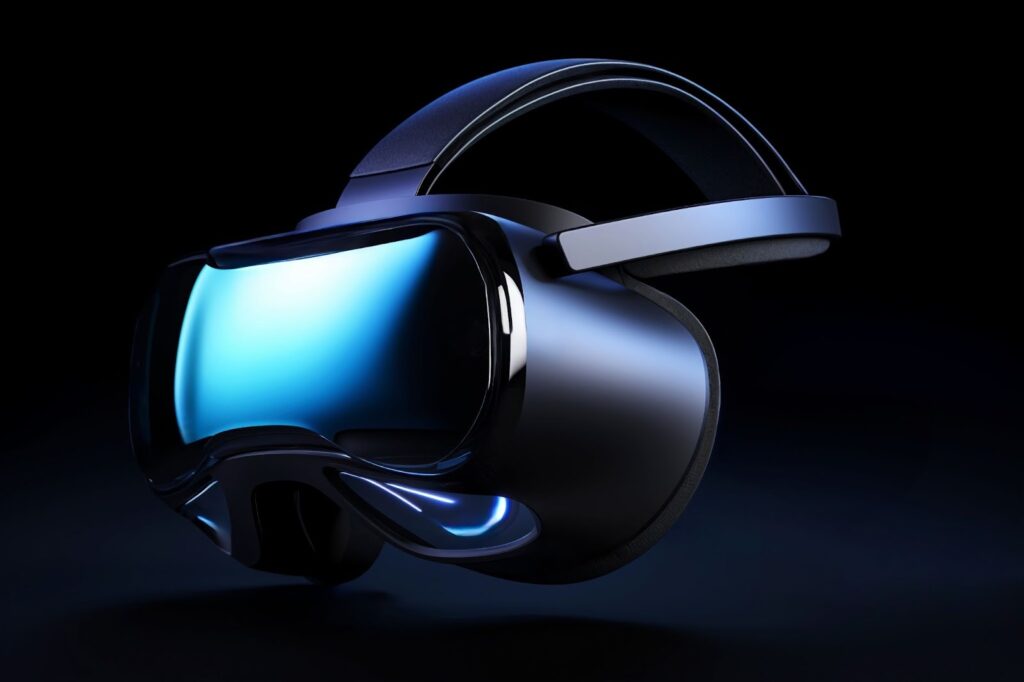The rise of location-based entertainment has turned virtual reality into a mainstream attraction, with VR arcades drawing crowds of all ages. But not all VR setups are created equal—especially when you’re investing in equipment designed for heavy daily use. Whether you’re launching a new arcade or upgrading your venue, choosing the right vr arcade machine manufacturer is a decision that directly impacts customer experience, maintenance costs, and long-term profitability.
Here’s what separates high-performance VR arcade machines from the rest—and what you should look for before making a purchase.
1. Commercial-Grade Durability
Unlike home VR systems, arcade machines are subject to constant use, accidental drops, and all kinds of rough handling. The hardware needs to be built for endurance.
What to look for:
- Reinforced headsets with impact-resistant casing
- Ruggedized controllers that can handle thousands of interactions
- Stable, heavy-duty platforms that prevent tipping or wobbling
- Industrial-grade cables with protective sleeving
If a unit breaks down after a few months, you’re not just dealing with repairs—you’re losing revenue every hour it’s out of service.
2. Plug-and-Play Simplicity
Arcade operators can’t afford to spend hours troubleshooting setup or updates. The ideal VR arcade machine should be nearly plug-and-play, allowing even non-technical staff to operate it with minimal training.
Look for:
- Pre-installed game libraries with automatic updates
- Simple touchscreen interfaces for session selection and launch
- Integrated payment systems or card readers
- Smart diagnostics that alert you to technical issues before downtime occurs
An intuitive control panel also makes it easier for guests to get started quickly, reducing wait times and increasing daily throughput.
3. Immersive Gameplay Experience
At the end of the day, the experience is everything. The most advanced VR system won’t matter if the games aren’t immersive, engaging, and fun for first-time users and hardcore gamers alike.
Key features:
- High refresh rate (90Hz or more) for smoother visuals
- Wide field of view (FOV) to increase realism
- 6DOF (degrees of freedom) motion tracking for accurate in-game interaction
- High-resolution graphics (2K or higher per eye)
Additionally, choose machines that offer access to a rotating selection of popular games—from shooters to escape rooms to sports simulations.
4. Scalable Software & Content Management
As your business grows, so should your content. The best systems come with cloud-based content management platforms that allow you to:
- Add or remove games remotely
- Adjust pricing and time settings per session
- Track usage statistics to identify top-performing titles
- Monitor uptime and customer flow data
Scalability ensures that you’re not locked into outdated content and can keep your offerings fresh.
5. Multiplayer & Social Integration
Many customers want shared experiences. Machines that support multiplayer modes—or link up with others—can significantly increase session time and engagement.
Look for:
- Local area network (LAN) or online multiplayer support
- Voice communication between players
- Spectator screens or mirrored displays so others can watch
- Game modes designed for competition or cooperation
These features turn individual play into a group activity, encouraging return visits and higher word-of-mouth referrals.
6. Compact, Space-Saving Design
Real estate is expensive, especially in malls or entertainment centers. Machines that offer maximum gameplay in minimal square footage are ideal.
Consider:
- Self-contained booths with soundproofing
- Machines that fit into corners or modular spaces
- Wall-mounted tracking systems to avoid floor clutter
- Mobile setups for pop-up or event use
The more customers you can accommodate in a limited area, the better your return on investment.
7. Strong After-Sales Support
Even the best machine will need servicing or upgrades eventually. That’s why choosing a manufacturer with reliable customer support is crucial.
Ask about:
- Warranty terms and parts availability
- Remote diagnostics and support services
- On-site repair turnaround times
- Availability of user manuals, training videos, and staff onboarding materials
A VR arcade machine is a long-term investment. Ongoing support ensures you’re never left struggling during peak hours.
8. Safety and Hygiene Features
Post-pandemic, hygiene is no longer optional—it’s expected. Guests want to feel safe using shared equipment.
Key features to check:
- Swappable or disinfectable face cushions
- UV sanitation modules or easy-to-clean surfaces
- Adjustable headsets for different face sizes
- Secure cable routing to prevent tripping
Some machines now offer touchless operation or QR code logins to further reduce contact points.
Final Takeaway: Choose for Performance, Not Just Price
While it’s tempting to focus on upfront costs, a poorly built or unsupported VR arcade machine will cost you far more in the long run. Look for commercial-grade durability, immersive tech, and scalable features that grow with your business. More importantly, partner with a VR arcade machine manufacturer who understands the operational demands of real-world venues—not just the specs on paper.
The best machines aren’t just entertaining—they’re built to perform, impress, and keep people coming back for more.



